Aubrac belongs to three departments – Cantal, Aveyron and Lozère – and it is famous for its gastronomy, in particular for the “aligot” (mashed potatoes with garlic and cheese). You can eat this traditional dish in “burons” (the place where cheese used to be produced).
Also, you can discover protected areas, natural lakes; it’s a basaltic land where the climate is harsh in winter. In summer, the fields welcome the brown cows with dark eyes.
What to do in Lozere ?
We have selcted for you some outstanding places of our region. The department of the Lozère is very diversified in terms of landscape, we can have desert as Gorges and forest. The 4 “regions” are : Margeride, Aubrac, Cevennes and Causses. The tourists sites to visit are huge. Passsionate by the nature, in research of resources or fan of simple and big things, we propose you a list of activities and places to know perfectly the Lozère.
The AUBRAC
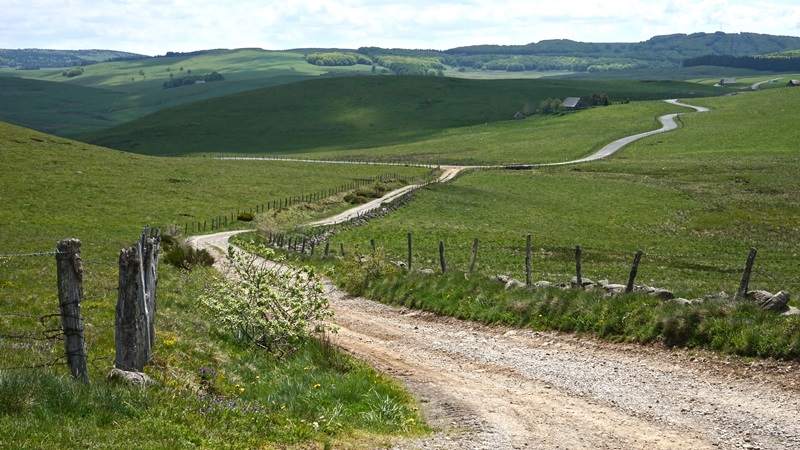
Margeride
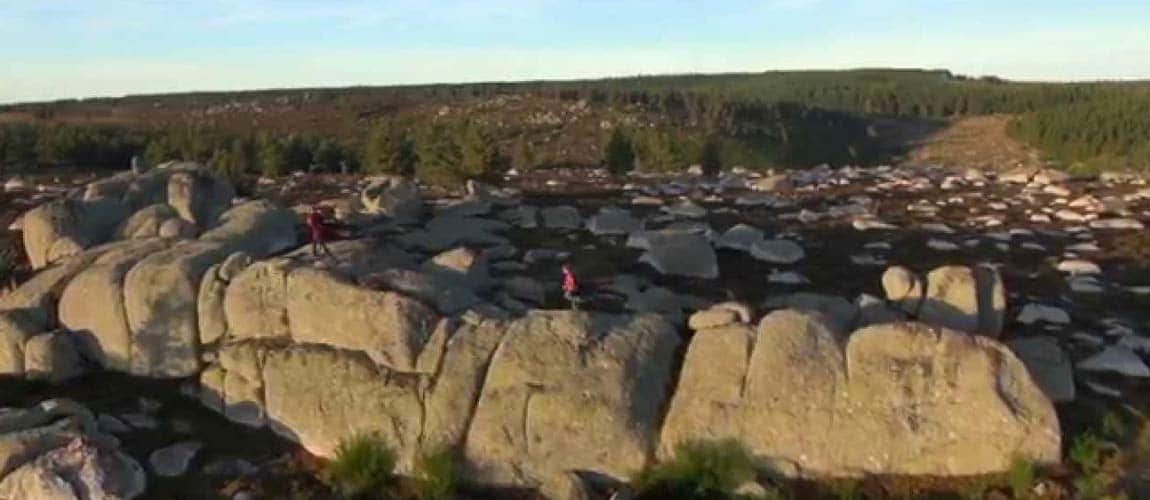
Located in the North-East of the department, Margeride is a granitic land that formerly belonged to the county of Gévaudan.
Gorges and Causses
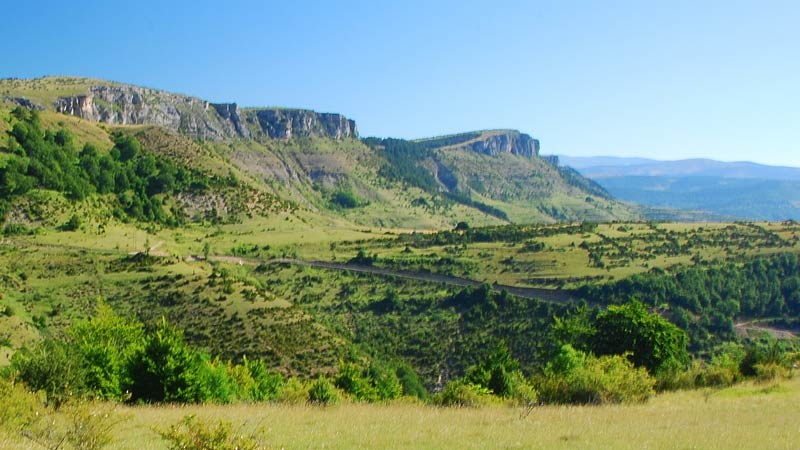
The Tarn is the most original river in this area. Born in the South of the Mont Lozère, joined by several torrents, it carved throughout the centuries a huge canyon we know as the Tarn Gorges today.
The cliffs sculpted by erosion, offer an unforgettable sight: a succession of gorges, corries and blockfields, where the vultures live.
The Causses Méjean and Sauveterre are limestone plateaus, characterized by the simplicity of the landscape.
From Ispagnac village to Rozier, there are 34 miles of precious landscapes we can discover thanks to outdoor activities (Canoe, Mountain bike, Via Ferrata, Caving, Canyon…)
The Cave of Aven Armand
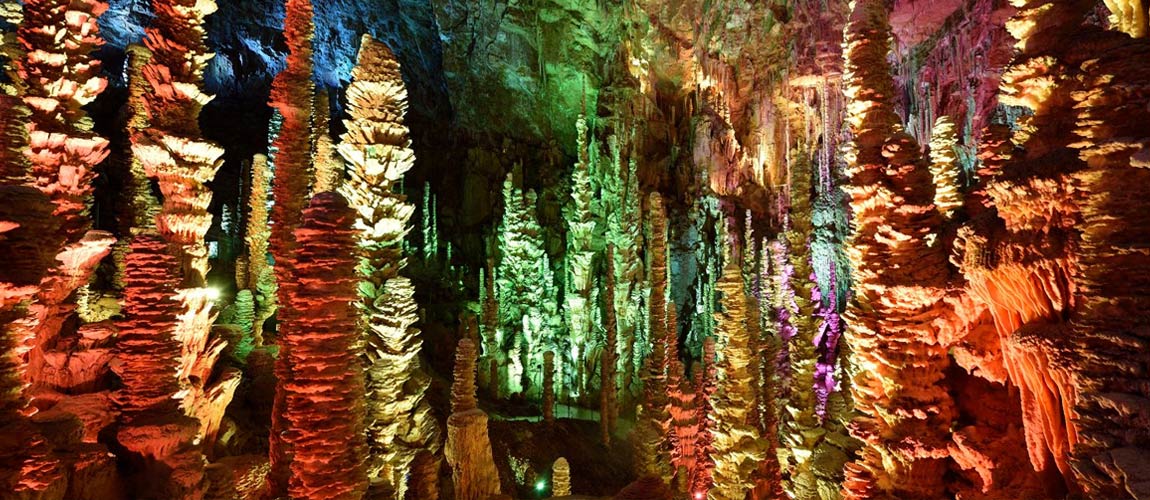
The Cave of Aven Armand is located in the commune of Hures la Parade between Meyrueis and Sainte Enimie. It was discovered on September 19, 1897 by Louis Armand. After 3 days of expedition: descent of 75 meters, discovery of 100 columns, … This cave has become a marvel of life underground. In 1925, the development work began to be inaugurated in 1927 is 30 years after its discovery. Known for its great room that is breathtaking !! The funicular provides access to the first platform and the visit continues on foot for about 450 meters. The visit is accompanied by a guide.
The Cave of Dargilan
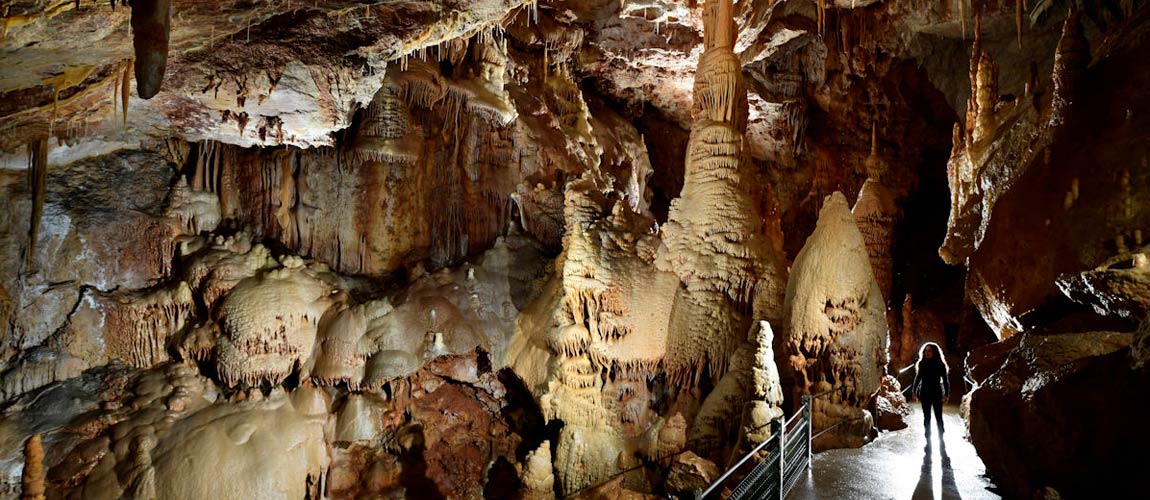
Located in Meyrueis, the Dargilan cave was discovered in the 1880s. It was opened to the public in 1890. Also known as the pink cave due to iron oxide, gray is also mixed as well as ocher and White. It is famous for the variety of concretions it contains. Since 1941, the cave is a classified site.
Cévennes
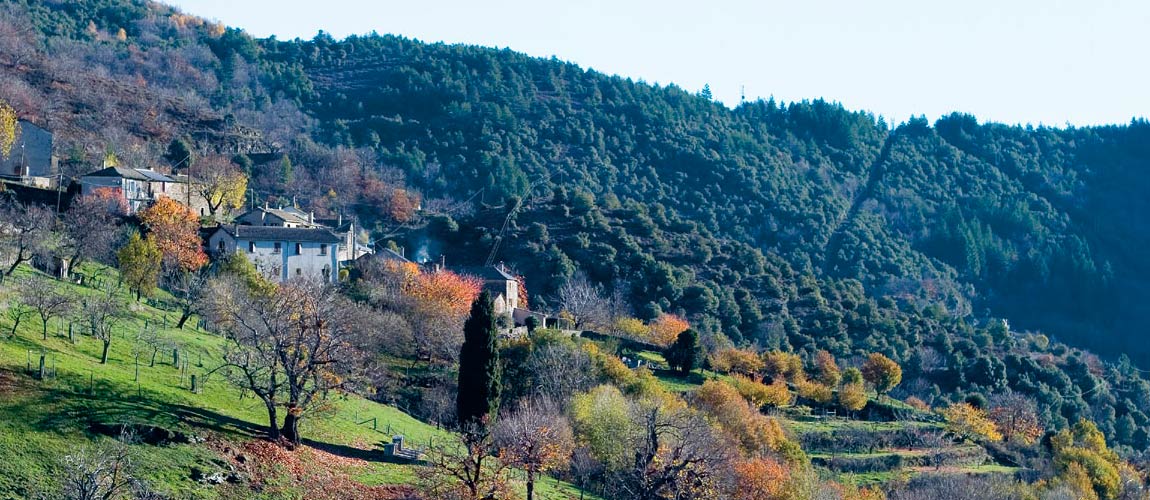
Land of granite and schist, you will discover a different architecture. Close to the Mediterranean sea, the climate is slightly milder on the south side of this region.
Between the Mont-Lozère and the Massif de l’Aigoual, this region was marked by History: the Cévennes was a conflict area during the religious war (1680-1690).
With uneven relief, the inhabitants lived from the harvest of chestnuts, onions and the animals breeding.
Nowadays, the production of onions and the ecotourism are significant poles of the local economy.
Utopix
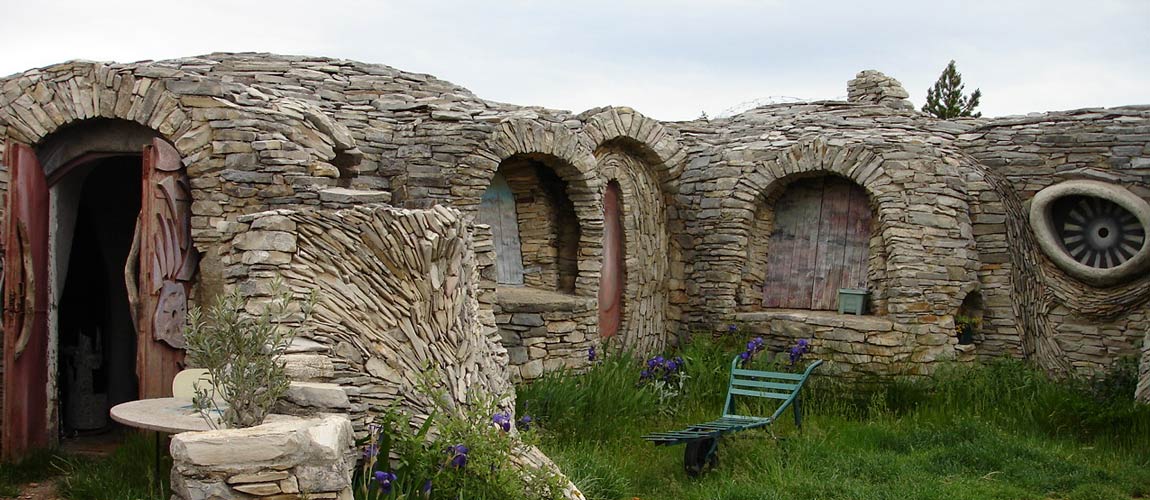
Utopix is a place where sculptures, exhibitions and games mingle. The owners have on the site their atypical house (a dwelling sculpture) that can be visited. On the Causse Sauveterre (Champerboux) where the landscape is beautiful, it’s a fun place and full of wonder for a family afternoon. The change of scenery is at its height.
Panorama Point Sublime
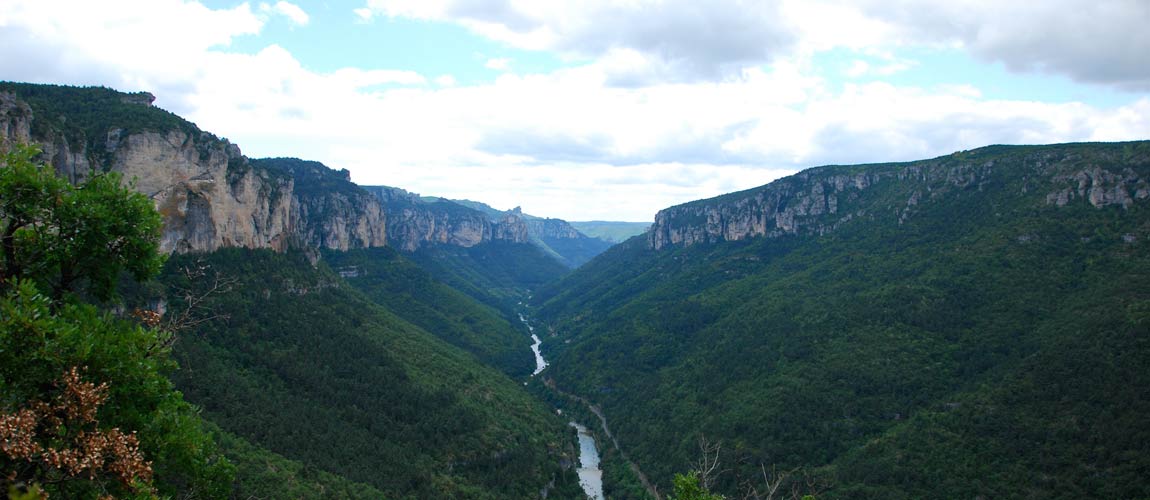
A 180 ° panorama overlooking the Cirque des Baumes and on the other side the cliffs of the Méjean causse. An impressive sight !!
The site is free, there is a bar and a campsite.
“Above the Baumes-Chaudes, at the summit of” the crown “, advances” the Sublime Point “, the prince of all the belvederes of the Causse. It is a kind of promontory overlooking the Tarn 450 m and command a panorama of incomparable size of this summit. Indeed the view embraces the three great wonders of “Cañon”, namely “les Dértoits”, “the Circus of Baumes” and “Pas de Soucis” “(Edouard-Alfred Martel 1859-1938).



